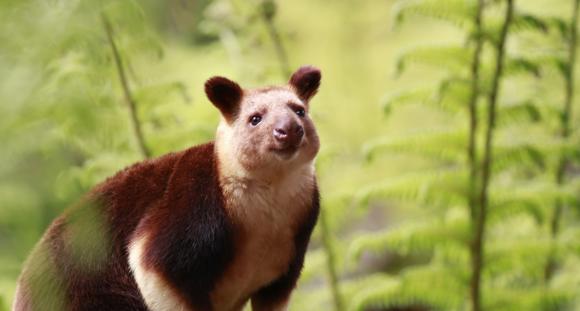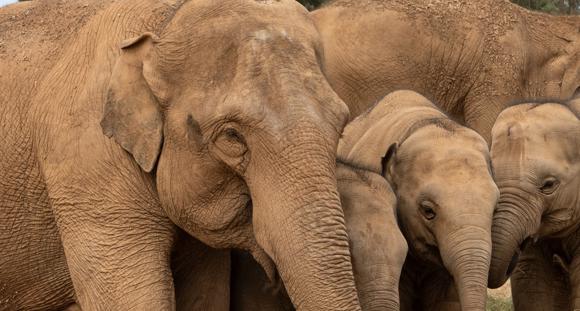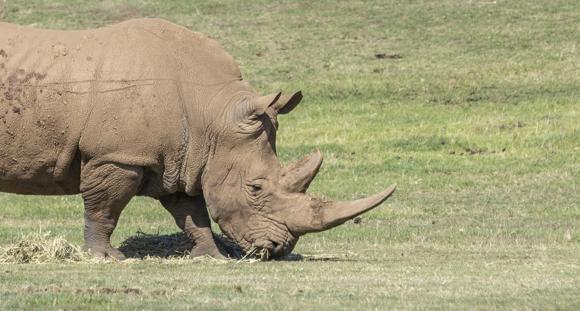Global Partnerships
Creating a future rich in wildlife on a global scale.
Zoos Victoria recognises our responsibility to support wildlife conservation beyond Australia’s borders.
We have been supporting holistic wildlife conservation in other countries since 1992. People are critical in the fight to recover species at risk of extinction. Global programs supported by Zoos Victoria have meaningful engagement with communities who share the forests and rivers with the wildlife that we care so deeply about.
We support three regions that align with our zoos – Oceania for Healesville Sanctuary and Kyabram Fauna Park, South-east Asia for Melbourne Zoo and Sub-Saharan Africa for Werribee Open Range Zoo.



